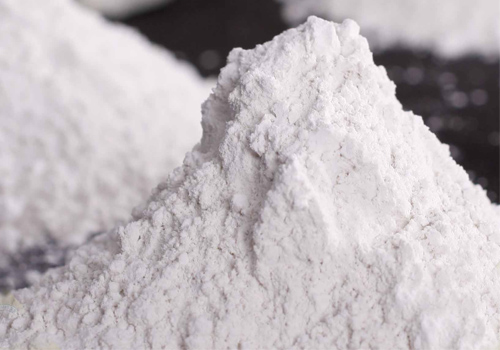What is an organophilic clay?

What is an organophilic clay? What is an organophilic c […]
What is OrganoClay used for?

What is OrganoClay used for? What is OrganoClay used fo […]
What is rheology modifier in paint
What is Rheology Modifier in Paint What is Rheology Mod […]
What is a rheological additive
What is a Rheological Additive What is a Rheological Ad […]
How does a rheology modifier work
How does a Rheology Modifier Work How does a Rheology M […]
CP-150 Organophilic Clay

CP-150 Organophilic Clay is a self-activating organoclay that disperses easily and performs well in diesel, low aromatic mineral oil, modified vegetable oil, and synthetic base fluid formulations.
CP-WBS Rheology modifier

CP-WBS Rheology Modifier is rheological modified bentonite. It is mostly employed in water-borne systems.
CP-EWS Organoclay

CP-EWS Modified bentonite It is employed in a water-borne coatings system. CP-EWS organoclay outperforms CP-EW in terms of thixotropy, transparence, and dispersion.
CP-EW organoclay for water based paint

CP-EW Organoclay for Water Based paint. It is primarily employed in water borne paint systems,such as latex paint. So it is a good water based additive in paints,coatings,grease etc.
CP-982 Organophilic clay

CP-982 Organophilic Clay is an amine treated bentonite with a moderate temperature performance.